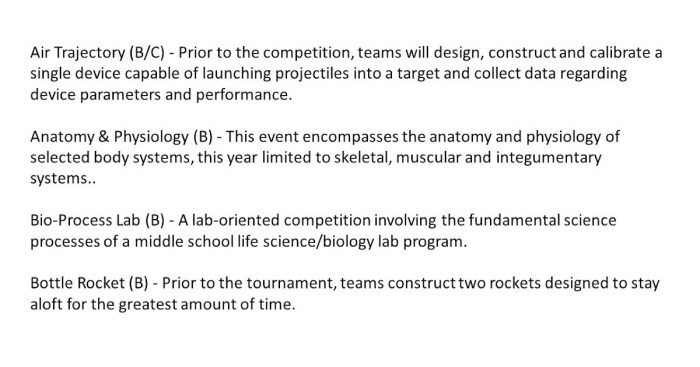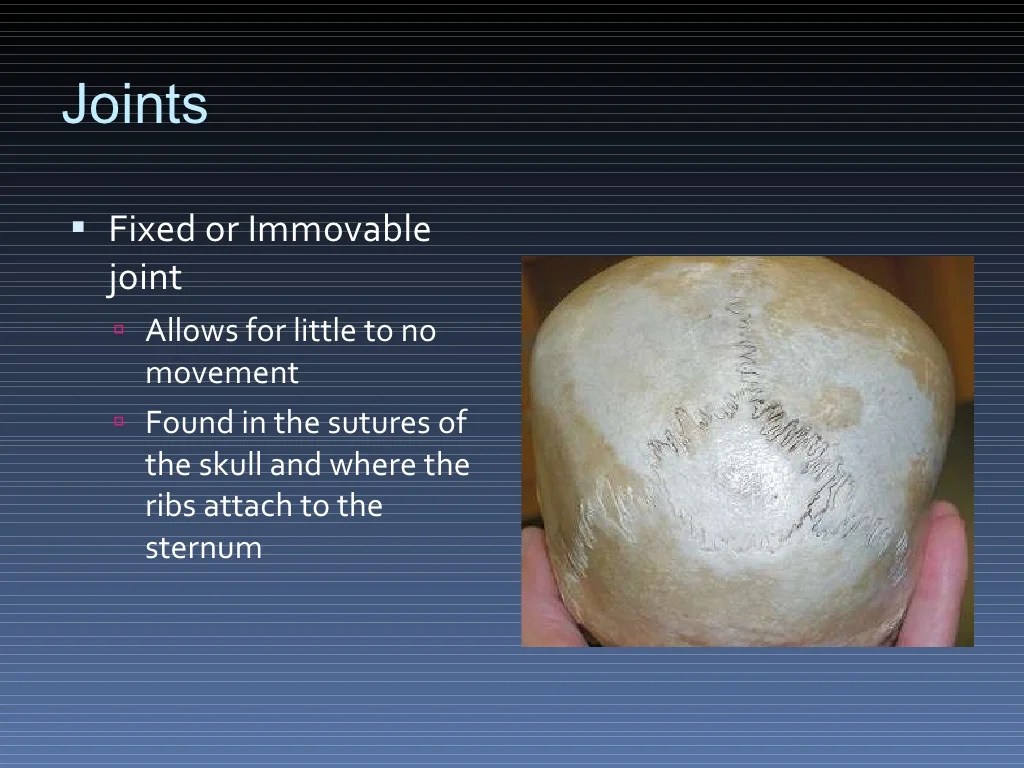Science Olympiad Anatomy and Physiology 2024 embarks on a captivating exploration of the human body, inviting students to delve into the fascinating realm of life sciences. This comprehensive program provides a solid foundation in the fundamental concepts of anatomy and physiology, empowering participants to understand the intricate workings of the human body and its remarkable ability to maintain homeostasis.
Throughout the competition, students will engage with interactive learning modules, hands-on experiments, and thought-provoking discussions, fostering a deep understanding of the human body’s organ systems, their functions, and their interplay in maintaining overall health. By fostering a spirit of inquiry and critical thinking, Science Olympiad Anatomy and Physiology 2024 ignites a passion for scientific discovery and prepares students for future endeavors in medicine, healthcare, and related fields.
Anatomy and Physiology Overview

Anatomy and physiology are two closely related sciences that study the structure and function of living organisms, respectively. Anatomy focuses on the physical form and structure of the body, while physiology examines the processes and mechanisms that allow the body to function.
The human body is a complex organism, composed of trillions of cells that are organized into tissues, organs, and organ systems. Each organ system has a specific function, and all of the organ systems work together to maintain homeostasis, the body’s internal balance.
Key Concepts in Anatomy and Physiology

Homeostasis
Homeostasis is the body’s ability to maintain a relatively stable internal environment despite changes in the external environment. This is achieved through a variety of feedback mechanisms, which are processes that monitor and adjust the body’s internal conditions.
Negative and Positive Feedback Loops
There are two types of feedback loops: negative feedback loops and positive feedback loops. Negative feedback loops work to maintain homeostasis by counteracting changes in the body’s internal environment. Positive feedback loops, on the other hand, amplify changes in the body’s internal environment.
Cell Biology
Cells are the basic unit of life, and they are responsible for all of the body’s functions. Cells have a variety of structures, each of which has a specific function. Cells also reproduce themselves through a process called cell division.
Genetics
Genetics is the study of genes, which are the units of heredity. Genes are responsible for determining the traits of an organism. The human genome contains approximately 20,000 genes, which are located on 23 pairs of chromosomes.
Organ Systems and Their Functions
Skeletal System
The skeletal system is composed of bones, joints, and muscles. The bones provide support and protection for the body, and they also work together to facilitate movement.
Muscular System
The muscular system is composed of muscles, which are responsible for movement. Muscles are attached to bones, and they contract to move the bones.
Nervous System
The nervous system is composed of the brain, spinal cord, and nerves. The nervous system controls all of the body’s functions, including movement, sensation, and thought.
Disease and Disorders

Skeletal System Disorders
- Osteoporosis
- Arthritis
- Fractures
Muscular System Disorders, Science olympiad anatomy and physiology 2024
- Muscular dystrophy
- Myasthenia gravis
- Sprains and strains
Nervous System Disorders
- Alzheimer’s disease
- Parkinson’s disease
- Multiple sclerosis
Applications in Medicine and Healthcare

Diagnosis
Anatomy and physiology are used to diagnose diseases and disorders. For example, a doctor may order an X-ray to visualize the bones in the body or an MRI to visualize the brain and spinal cord.
Treatment
Anatomy and physiology are used to develop treatments for diseases and disorders. For example, a doctor may prescribe medication to treat a muscle disorder or surgery to repair a broken bone.
Prevention
Anatomy and physiology are used to prevent diseases and disorders. For example, a doctor may recommend exercise to strengthen the bones and muscles or a healthy diet to reduce the risk of heart disease.
Common Queries: Science Olympiad Anatomy And Physiology 2024
What are the eligibility criteria for Science Olympiad Anatomy and Physiology 2024?
Eligibility requirements may vary depending on the specific competition and grade level. Please refer to the official Science Olympiad website for detailed information.
What resources are available to prepare for Science Olympiad Anatomy and Physiology 2024?
A variety of resources are available, including textbooks, online materials, and practice tests. Additionally, students may consider joining study groups or seeking guidance from teachers or mentors.
What are the benefits of participating in Science Olympiad Anatomy and Physiology 2024?
Participation in Science Olympiad Anatomy and Physiology 2024 offers numerous benefits, such as enhanced subject knowledge, development of critical thinking and problem-solving skills, and opportunities for teamwork and collaboration.
